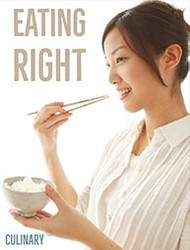Japanese Eating Habits and Dietary Guide
Posted by Yukiko Kisaki on 11th Oct 2023
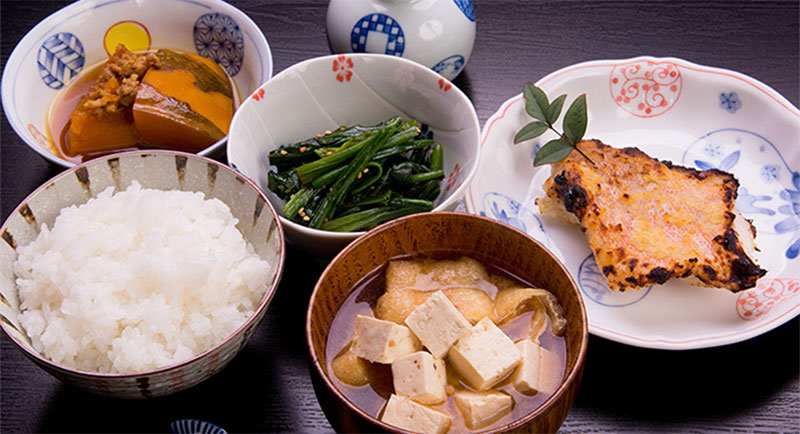
It’s a common misconception that Japanese meal portions are tiny. In reality, while the portions aren’t oversized, they are diverse. A standard meal doesn’t focus on a single type of food but offers a variety in smaller servings.
It’s quite common for a traditional meal to include a soup, three different dishes, and a bowl of rice, each contributing to a balanced and satisfying dining experience.
Japan’s Remarkable Health Statistics
A 2017 OECD (Organisation for Economic Co-operation and Development) study sheds light on Japan’s impressive health statistics: With an obesity rate of just 3.7%, Japan stands in stark contrast to countries like France (15%), United Kingdom (27%), Australia (28%) and the USA, where the rate is a staggering 38% and increasing.
This remarkable health status isn’t accidental but is closely linked to the Japanese people's disciplined eating habits and their preference for quality, nutritious foods.
Healthy Eating Habits
Umami and Mindfulness: Japanese Eating Ethos
Japanese old saying hara hachi bu means "stop eating when you are eight-tenths full." It takes around twenty minutes for the brain to process the information coming from the stomach. If we continue to eat until we feel full, we will overeat.
Try it. Stop eating when you feel almost full; you should feel full after less than half an hour.
For the Japanese, a key aspect of food is its savory ( umami) content. Umami is the fifth taste, next to sweet, sour, salty and bitter.
Savory foods trigger the secretion of saliva and digestive enzymes, facilitating better breakdown and absorption of nutrients in foods we eat.

Can using chopsticks lead to better health?
The short answer is: Probably yes.
Compared to forks and spoons, chopsticks pick up less food. Smaller bites result in more efficient chewing and better digestion.
Using chopsticks also slows down the eating process, giving the brain time to figure out we are full and helping us prevent overeating.
Rice
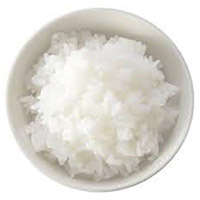
Rice is a staple food in Japan, always cooked and eaten without butter or oil.
A low-fat, complex carbohydrate, rice makes for a filling dish and leaves less room for cravings, so you eat less other things.
Rice provides the body with a quick boost of energy. It also helps stabilize blood sugar levels and promotes proper bowel movement.
Fish
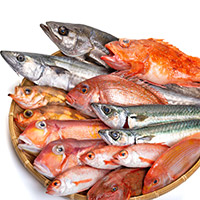
The Japanese annually consume 70 kilograms of fish per person, compared to 26 kg in Western Europe and a mere 7 kg in the United States.
Fish is rich in omega-3 fatty acids. It is also an excellent source of low-fat and low-calorie protein, riboflavin, calcium, and phosphorous.
Seaweed
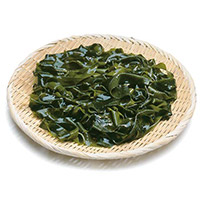
In Japan, seaweeds such as kombu, wakame, and nori are consumed abundantly in soups, sushi, salads, stir-fries, and numerous side dishes.
Eating seaweed is a simple way of boosting the intake of vitamins and minerals without adding many calories.
Seaweed is rich in iodine. It also contains high amounts of minerals, fiber, and beta-carotene.
Tofu
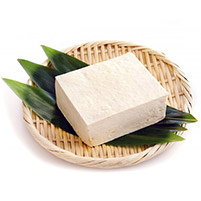
Tofu is made from soybean curds. It comes in a variety of textures including silky soft, firm and extra firm.
Tofu is gluten-free and very low in calories. It is an excellent source of easy-to-digest protein, packed with an impressive array of nutrients.
Tofu lowers cholesterol and improves cardiovascular health. It also contains all nine essential amino acids our bodies need.
Vegetables
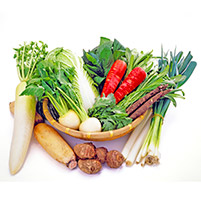
The Japanese diet includes lots of vegetables. As an example, the typical Japanese diet contains nearly five times the amount of cabbage compared to western dishes.
Cabbage is an excellent source of dietary fiber and contains high levels of vitamins A, C, and E as well as calcium and iron. Cabbage is a member of the Brassica family of vegetables, which includes broccoli, cauliflower,
Brussels sprouts, radish, turnip, and bok choy — all with similar benefits.
Mushrooms
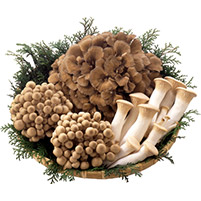
Mushrooms are superfoods. They are very low in calories, free of cholesterol and packed with fiber, vitamins, and minerals.
As an example, 100 grams of shiitake mushroom has less than 30 calories but packs about 25% of the daily value (DV) of vitamin B3 and 15% of vitamin B6. Besides shiitake, the Japanese consume various other types of mushrooms such as enoki, shimeji, maitake, nameko, and eringi.
The Japanese word for mushroom is kinoko. It literally means tree children, but is rarely used because it is not specific enough; in Japan, even children know many mushrooms by type.
Green Tea
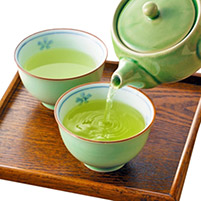
The Japanese love their green tea; even convenience stores and vending machines carry a wide selection of both hot and cold green teas.
A thermos full of green tea is a must-have on family and school outings or for packing lunch boxes.
Green tea slows the skin's aging process, boosts protection from sun damage, increases immunity, and improves cardiovascular health, among numerous other benefits.
Japanese green teas have fresh color, delicate flavor, and lots of beneficial antioxidants because they are processed quickly after harvest, without undergoing fermentation as in black teas.
Herbal Teas
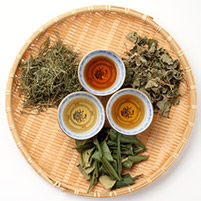
The Japanese consume a wide range of herbal teas, each offering unique health and wellness properties, from boosting immunity to improving complexion.
Here are some commonly used herbs in Japanese herbal teas:
- Artemisia princeps (yomogi)
- Black soybeans (kuromame)
- Burdock roots (Gobo)
- Ganoderma mushrooms (saru no koshikake)
- Ginkgo biloba (ichōba)
- Heartleaf (dokudami)
- Japanese arrowroot (Kuzu or kudzu)
- Loquat leaves (biwa)
- Mulberry leaves (kuwa no ha)
- Pearl barley (hatomugi)
- Persimmon leaves (kaki no ha)
- Seaweed (kombu)
- Shiso (Red Perilla)
- Sour plums (ume)
For a more detailed exploration of the benefits and varieties of Japanese herbal teas, feel free to visit our comprehensive guide on Drinking Herbal Tea.
Embracing the Japanese Way of Eating
The Japanese diet is a remarkable example of culinary culture that prizes variety, balance, and tradition.
As we explore the intricate tapestry of Japanese eating habits, it becomes evident that the secret to their remarkable health and longevity isn't just about what they eat but how they eat it.
The practice of hara hachi bu (stopping eating when you feel almost full,) the diversity in meal portions, and the emphasis on fresh, seasonal, and nutritious ingredients all play a pivotal role.
But beyond the tangible aspects of diet, there's an intangible element – a "mindful" eating approach in savoring each bite, appreciating the aesthetics of the meal, and a sense of gratitude for the food that nourishes not just the body but also the soul.
The old wisdom invites us to slow down, be present, and cultivate a harmonious relationship with food – one rooted in balance, moderation, and respect for nature's bounty.
Consider integrating some of these principles into your daily eating habits. It's about adding years to your life and life to your years.
Bon appétit, or as the Japanese would say, "Itadakimasu!"
Authentic Japanese Herbal Teas

Pure Japanese Kudzu Root Powder
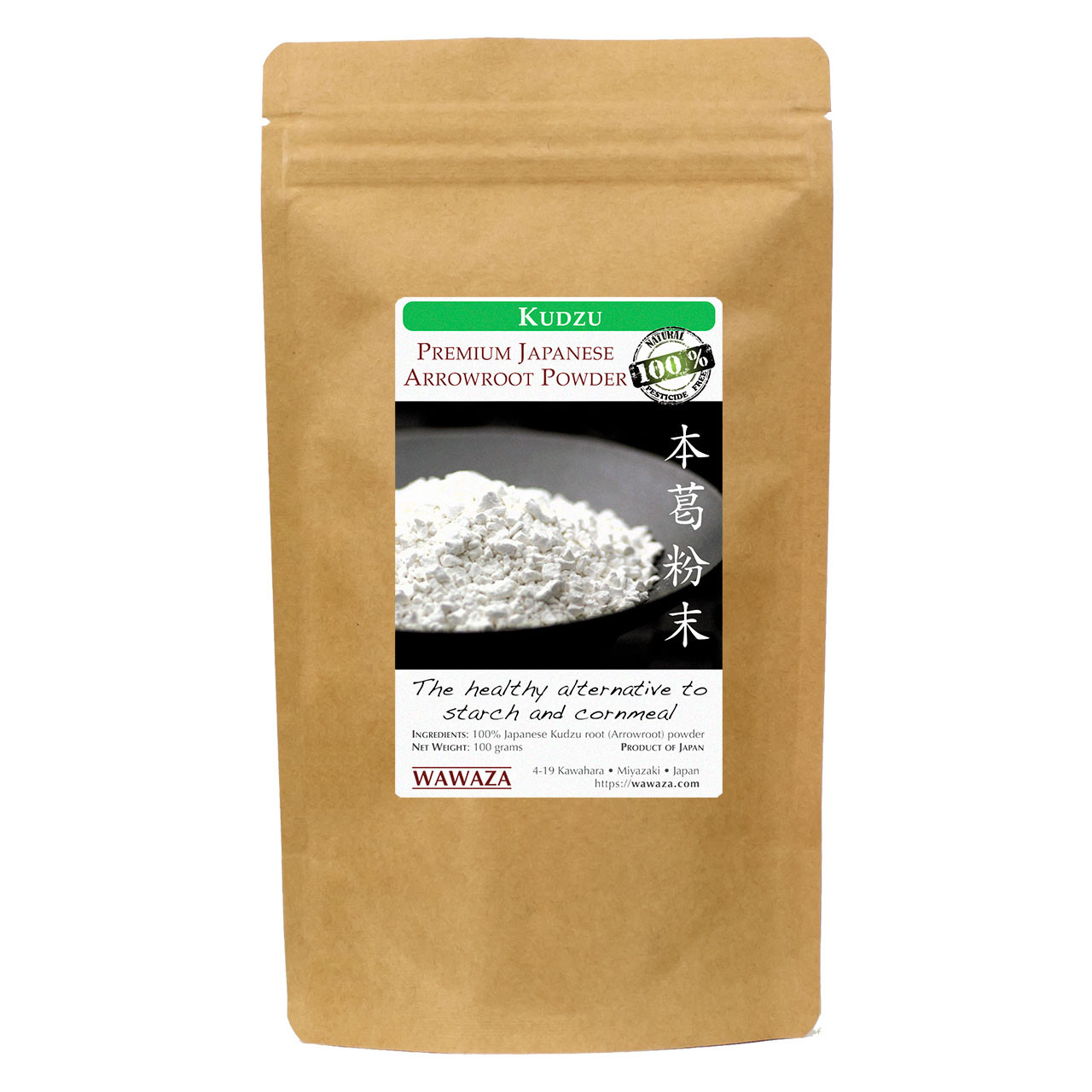
Japanese Yuzu Citron and Salt Seasoning (Yuzu-shio)
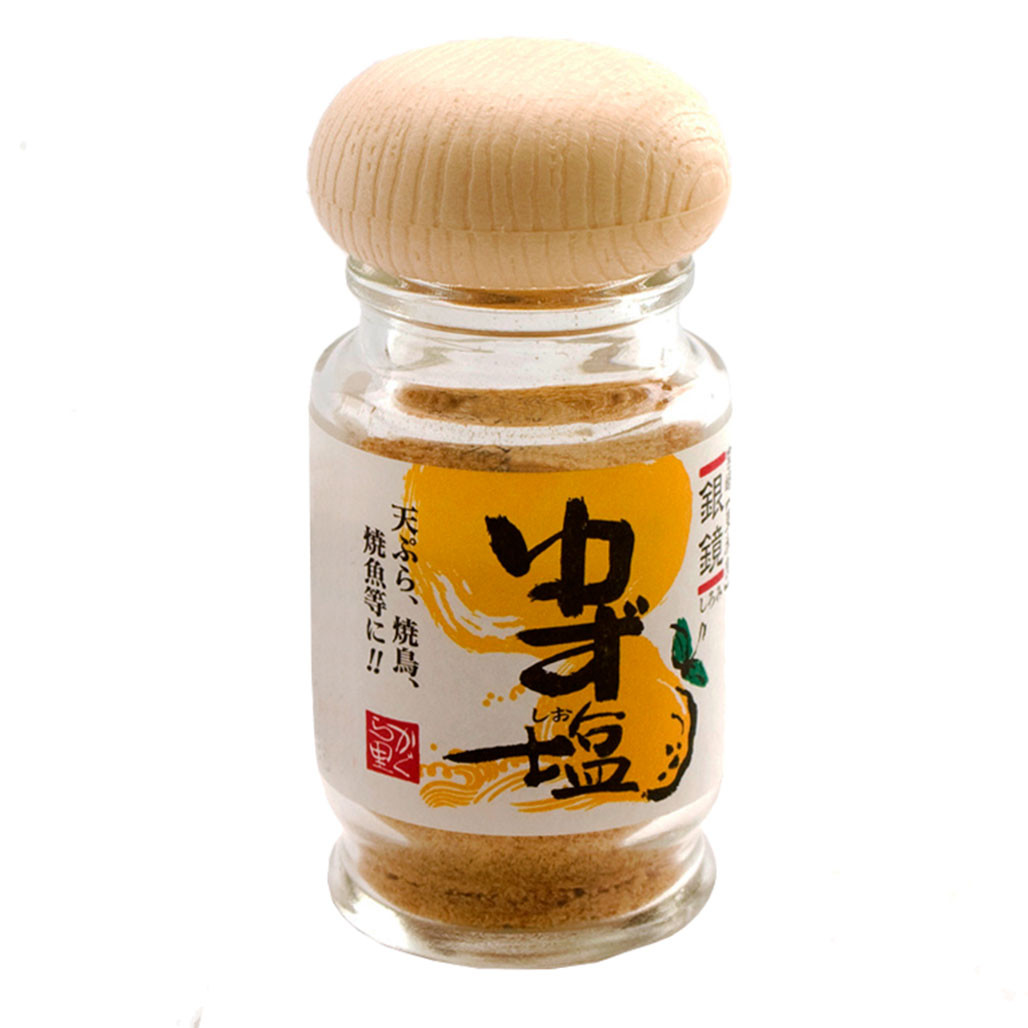
Note: This post was first published on October 16, 2019. It was updated on October 11, 2023.

